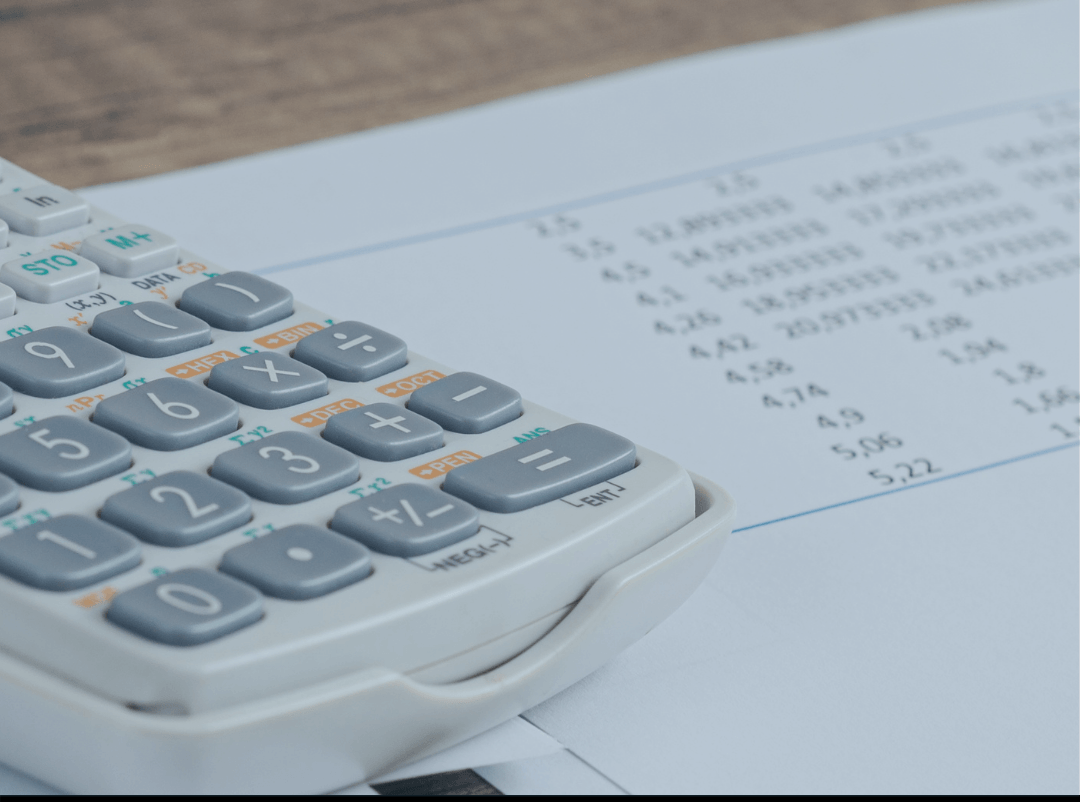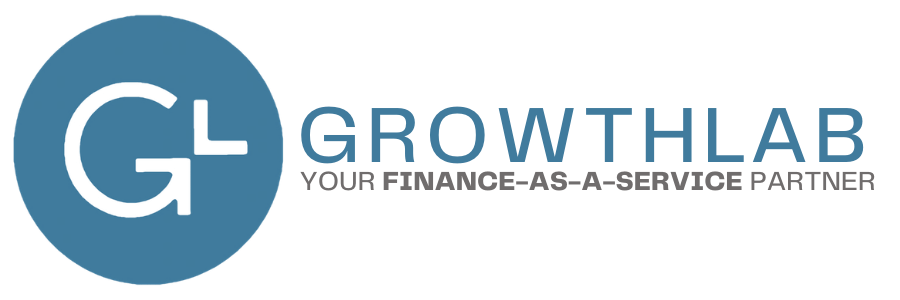Master Cash Burn: Calculate Cash Burn Rate and Cash Out Date
In 2023, one of our customers, a Series A startup, faced a tough situation. The VC market was getting harder, and knowing their cash burn rate was very important to get through this time. GrowthLab’s
Financial Planning and Analysis
team came in to help.
As a startup founder, your cash burn rate is not just a finance term; it’s key to your survival. You need to know how fast you are spending cash and what your Cash Out Date is to stay ahead. But it is not only about the numbers; it is about how to manage them.
As a small business owner, it’s essential to understand your cash burn rate. At its core, it is the rate at which your company uses up its cash reserves. It’s a good way to measure your net negative cash flow.
How to Calculate Cash Burn Rate
It’s essential to understand your cash burn rate. At its core, it is the rate at which your company uses up its cash reserves. It’s a good way to measure your net negative cash flow. Here’s the calculation to calculate your cash burn rate:
Monthly Burn Rate = (Beginning Cash Balance - Ending Cash Balance) / Number of Months
Let’s say your company wants to calculate the rate for the first quarter of the year. Your cash balance on January 1st is $150,000. On March 31st (the last day of the quarter), it’s $90,000.
You’ll subtract $90,000 from $150,000 to get $60,000. Since we're looking at three months (January, February, and March), you’ll divide $60,000 by 3 and end up with a cash burn rate of$20,000.
What is Cash Burn and Why Does it Matter?
The cash burn rate shows how fast (in months) you use up your cash. Gross burn refers to all your monthly costs, while net burn takes away any money you make. Knowing these numbers helps you see how many months you can keep going. This is very important when deciding if you should raise more capital, apply for a loan, cut costs, or change your growth plans.
How does cash burn differ from profit and revenue in assessing a company's financial health?
Cash burn is the rate at which a company uses up its cash reserves to fund operating expenses. Unlike profit and revenue, cash burn shows the actual cash outflow, offering a more immediate view of financial health by indicating how long a company can sustain its operations before needing additional funding.
The Cash Out Date
The Cash Out Date is the expected day when your cash balance will hit zero. This date affects important choices about how long your business can remain solvent. You should pay attention to it. Knowing this date can help you avoid unanticipated reactions. It helps you stay in the driver's seat.
Is there an acceptable level of cash burn in a startup?
Yes and no because every startup and their investors are different. The acceptable level of cash burn varies depending on the stage and industry of the business. However, a commonly used benchmark is to have at least 12-18 months of runway, meaning the cash burn rate should allow the company to operate for that period without additional funding and have some margin to manage through risks and opportunities.
Managing Cash Burn: Key Strategies
With a solid understanding of the startup’s cash situation, we can explore opportunities to stretch their capital:
- Focus on projects with high returns: Work on tasks that give quick and important benefits. Other projects? Wait for now.
- Negotiate Terms: Work with suppliers to lengthen payment terms. This will help keep cash flow steady and give you more time to use your resources.
- Optimize Hiring & Payroll: Look over your hiring plans and payroll costs. A small, efficient team can provide the value you need without using up cash too fast.
- Smart and Cost-Effective Marketing Spending: Use affordable marketing channels that you can measure to grow your business without spending too much of your money.
- Change Fixed Costs to Flexible: Use pay-as-you-go services instead of long-term contracts. This will help you match your costs better with what your business needs.
- Speed Up Payments & Collections: Make sure customers pay on time. This will help keep a good cash flow.
- Improve Inventory and Operations: Reduce inventory and simplify processes to make operations smoother and faster.
Putting Burn Rate on Your Dashboard
Keeping track of how much money you spend is not just about managing finances—it's a vital tool for making decisions. For our customers, knowing how much cash they had helped them take steps to manage their spending, change their growth plans, and make their money last longer.
GrowthLab's FP&A services gave our customer clear insights that helped them get through the capital shortage of 2023. By regularly including burn rate and cash out forecasts in financial planning, they changed these numbers from problems into tools for smart and steady growth.
Frequently Asked Questions
What is cash burn rate, and why does it matter for startups?
Cash burn rate is how quickly your startup spends its cash reserves. Tracking it helps you understand how long you can operate before needing more funds.
How do I calculate gross and net burn rates?
Gross burn is your total monthly expenses, while net burn is those expenses minus revenue. Both give insights into your cash flow.
What is the Cash Out Date, and why track it?
The Cash Out Date is when your funds run out. Monitoring this helps you make strategic financial decisions to keep your startup alive.
What’s the best way to extend my startup’s runway?
Increase revenue, reduce payroll costs, improve collections, optimize marketing spend, and negotiate better vendor terms to stretch your runway.
Why is managing cash burn so critical in a VC funding drought?
When VC funding dries up, conserving cash is crucial to weather tough times until the market improves or you reach profitability.
Should I rethink hiring plans if my burn rate is high?
Yes, assess your hiring needs and focus only on essential roles. Delaying new hires can help conserve cash.
How does streamlining inventory and operations affect cash burn?
Cutting excess inventory and making your operations more efficient reduces unnecessary spending, lowering your burn rate.
What tools can I use to monitor cash burn effectively?
Financial planning dashboards or software that offer real-time cash flow updates can help you keep track of burn rate and runway.
How often should I review my startup’s burn rate?
Monthly reviews are best, but during rapid growth or uncertainty, weekly check-ins help you stay on top of cash flow challenges.
How can FP&A services help manage cash burn?
FP&A services provide strategic insights, budgeting, and actionable steps to control costs, improve cash flow, and extend your runway.

Dan Gertrudes
As CEO and Founder of
GrowthLab Finance-as-a-Service (FaaS), Dan is the vision behind GrowthLab’s success. After spending 15 years at Fortune 500 and medium-sized companies, Dan transferred his knowledge into building GrowthLab, which now supports over 400 scaling businesses throughout their entire finance and HR value stream.
Other Blogs Related to Startup Finance


GrowthLab, a Finance-as-a-Service (FaaS) company serving founders and management teams with full-service Financial Planning & Analysis, Monthly Accounting, Virtual CFO, HR-People Advisory, and Business Tax.



